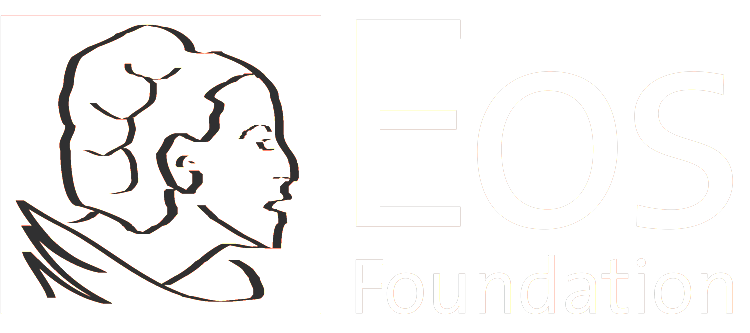Women in Higher Education
By Lois Elfman
As more and more women have earned doctorates and entered the academy, it is reasonable to assume that there will soon be more women in leadership roles. A recently published study, The Women’s Power Gap at Elite Universities: Scaling the Ivory Tower, shows that women, particularly women of color, are underrepresented in the presidential position at R1 institutions (universities with very high research activity defined as R1 by the Carnegie Classification).
The report was produced by the Women’s Power Gap (WPG) Initiative, which was created in 2018 by the Eos Foundation to increase the number of women from diverse backgrounds among CEO and C-suite leaders. WPG conducts and commissions actionable research on various economic sectors, designed to generate public dialogue on the issues and hopefully lead to changes in practices and policies.
Lack of gender representation
The report was born when Eos Foundation president Andrea Silbert learned that in the state of Massachusetts, the number of women holding presidencies at state institutions had decreased from five in 2007 to none in 2016. She and her team looked at 93 institutions in Massachusetts, from community colleges through R1 institutions, and ranked them on the basis of factors related to gender representation, while also collecting as much racial and ethnic data as possible.
“At community colleges, women and people of color were much better represented, and the highest obstacles were at the elite universities that are considered R1,” said Silbert.
Eos Foundation convened a confidential summit of university presidents and discussed the struggles, particularly for women of color, and positive changes occurred.
“The number of women of color presidents more than doubled in Massachusetts [since the first report was released]—still not at these R1s, but among all of the schools—and now we have three of our nine state universities led by women,” says Silbert. “We saw change, which was exciting, so we decided to go national.”



